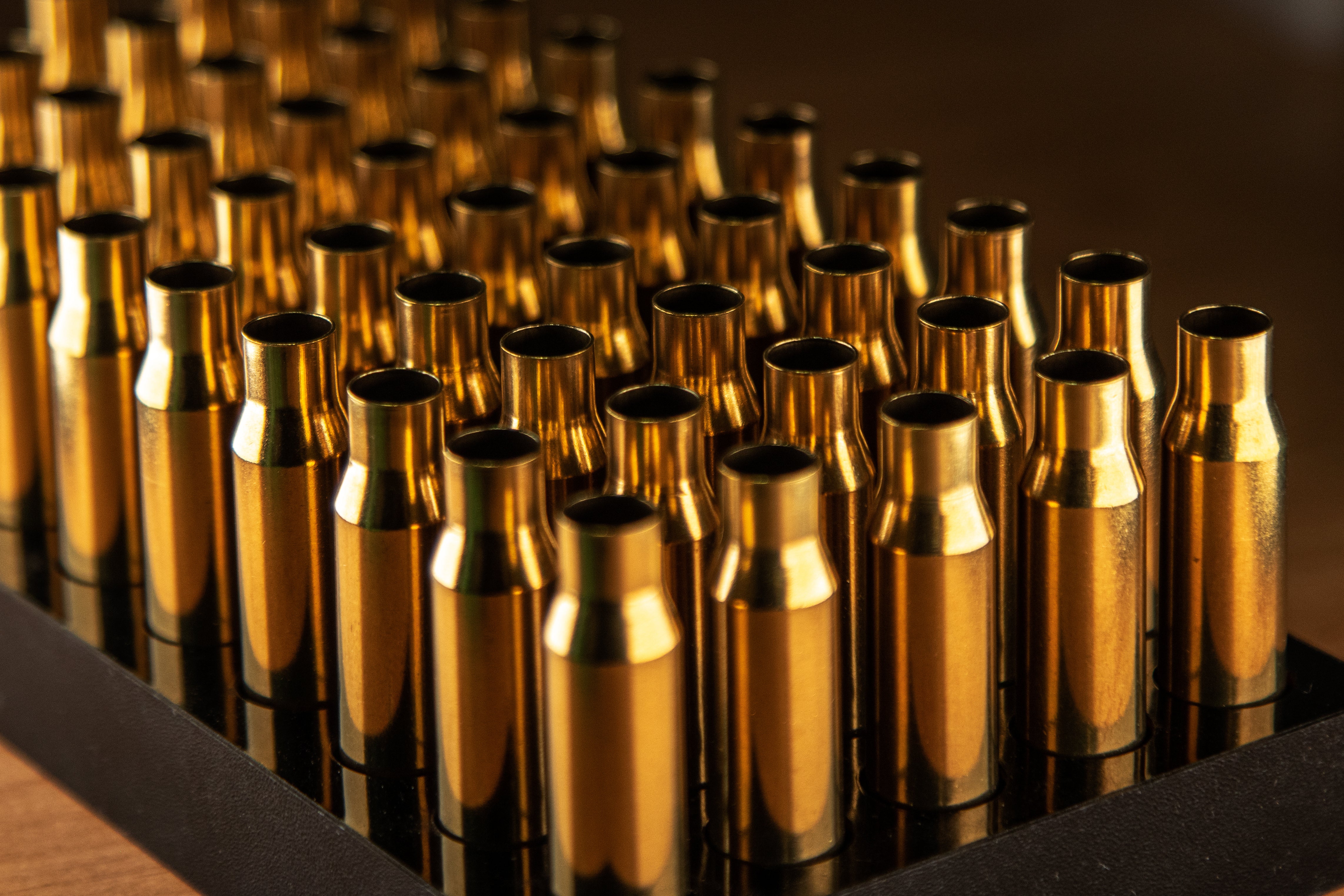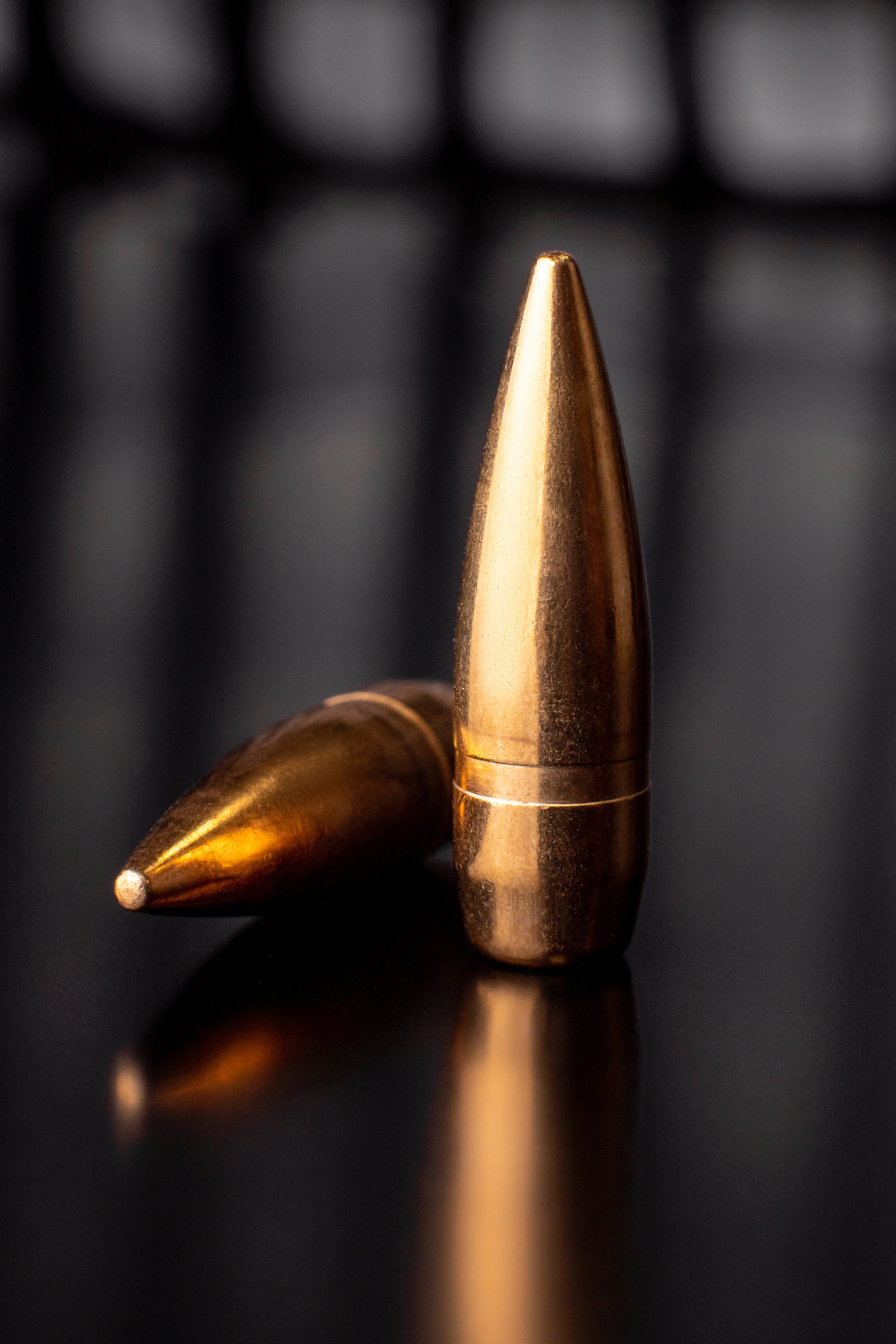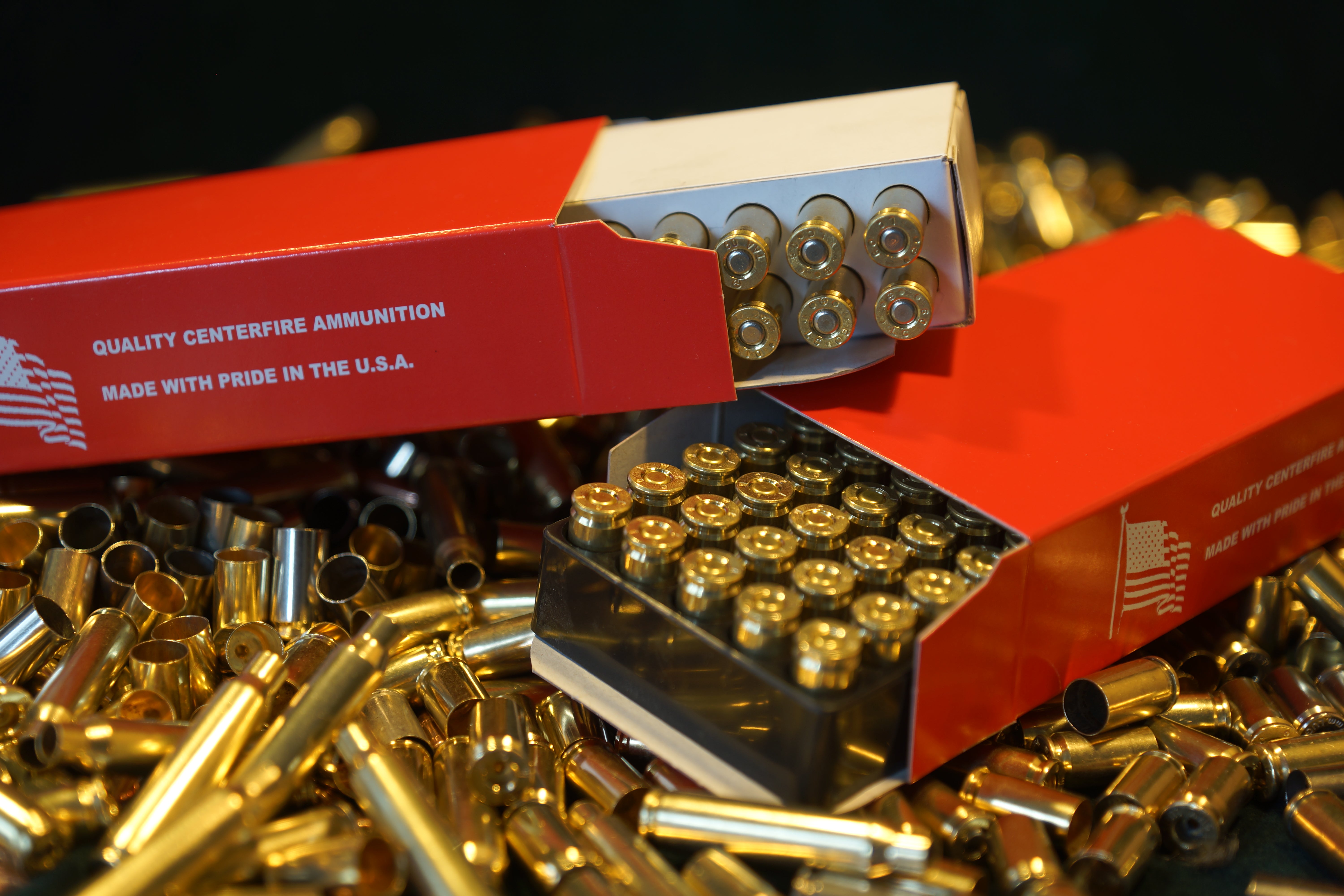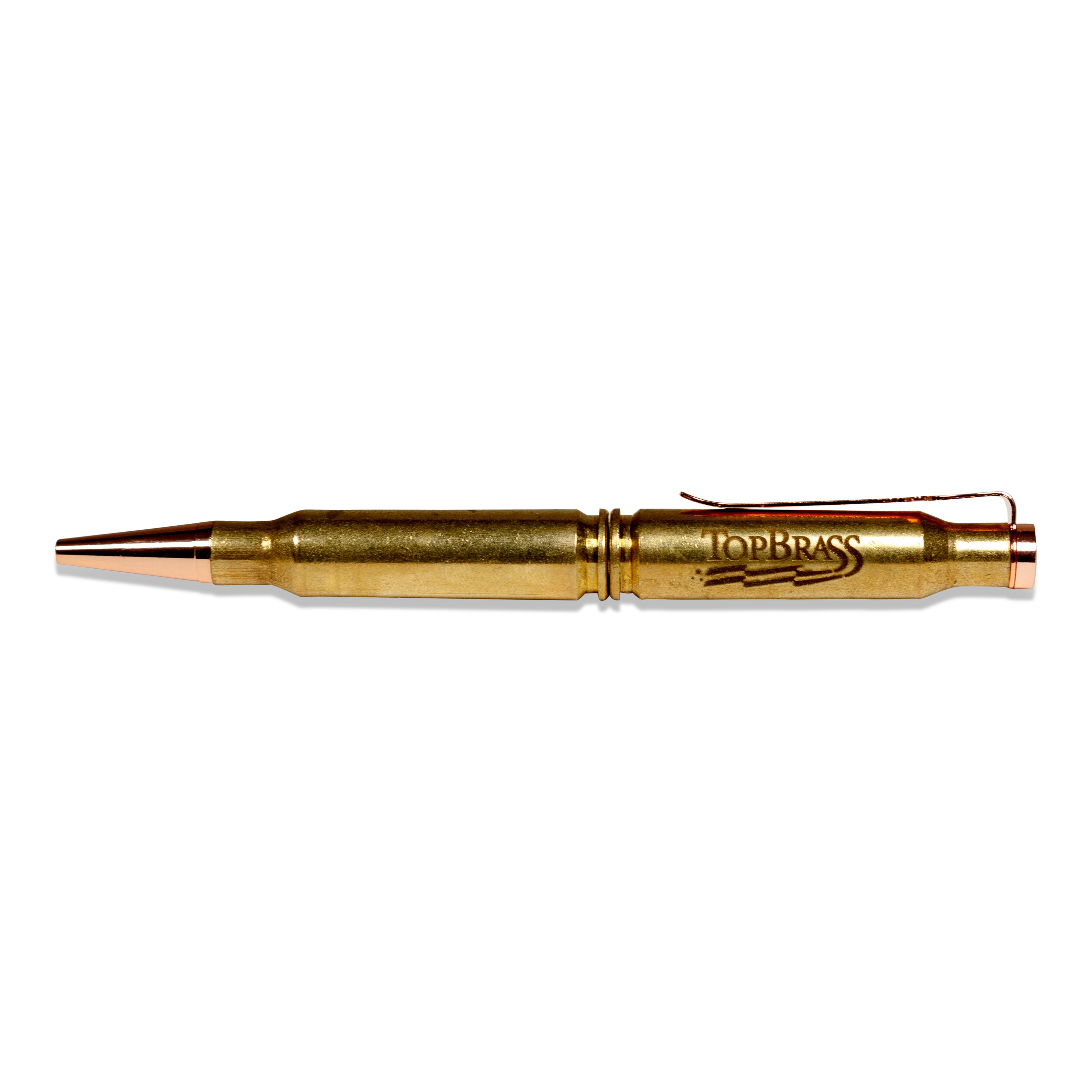Menu
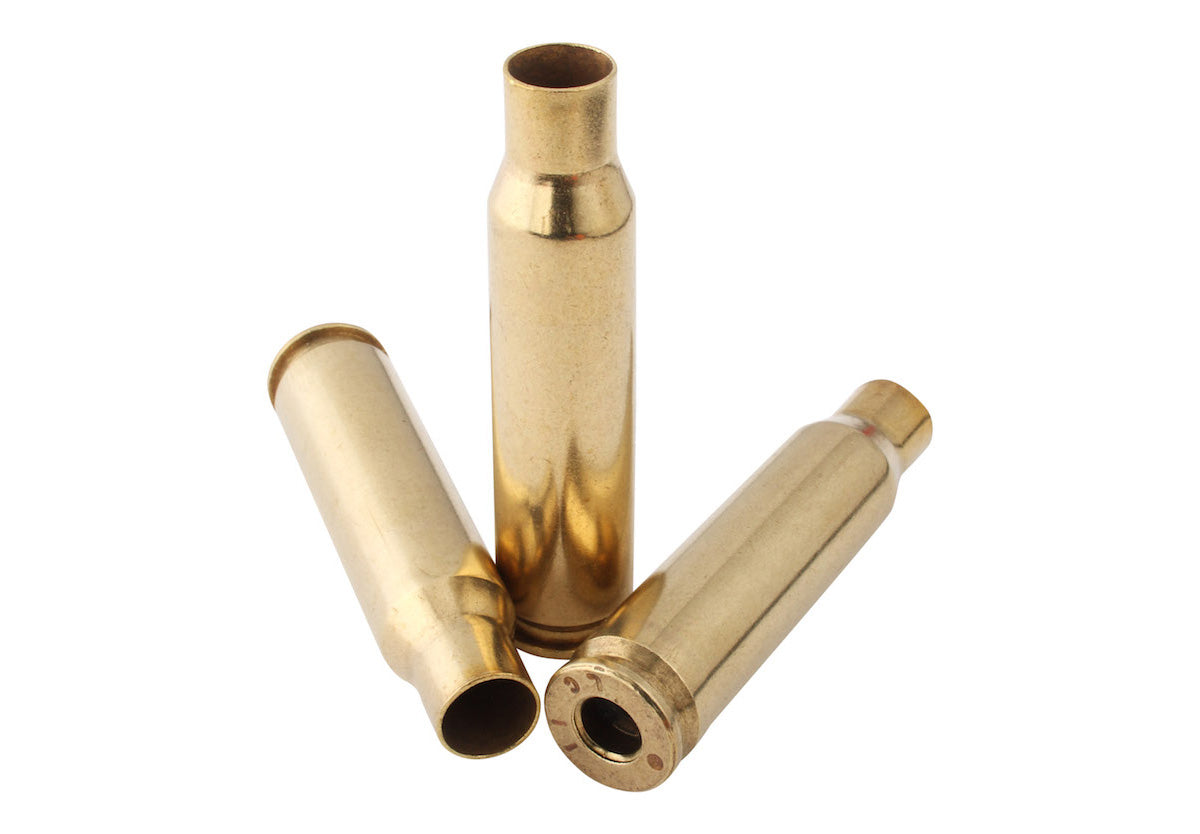
.308 Winchester vs. 7.62 NATO - What’s the Difference?
From an external dimension standpoint, the .308 Winchester cartridge case and the 7.62 NATO (7.62 x 51 mm) are the same thing. In fact, the 7.62 was developed using the general design of the .308 as its ‘parent’ case. The difference between the two, beyond the outside dimensions, is basically two-fold:
- Internal dimensions – brass thickness;
- Barrel chamber length for the different cartridges.
In general, military brass is thicker than commercial brass. This design feature is to accommodate NATO specifications, which include varying chambers specs. across multiple platforms (the thicker brass is better able to stretch and accommodate these chamber variations). Additionally, the case cartridges must withstand the rigors associated with automatic weapons.
Brass Thickness: Because the 7.62 case cartridge has thicker walls, yet has the same external dimension of the .308 case cartridge, it follows that the powder capacity of the 7.62 is lower than the .308. In turn, reloaders should consult their Reloader’s Guide and adjust their powder loads according to the specific calibers of the rifles they will be fired from. All things being the same, the thicker case (smaller capacity) will generate a higher pressure. Too high of pressure may result in a primer leak and other pressure problems.
Chamber Design: Perhaps the real difference between the .308 Winchester cartridge case and the 7.62 NATO case is the chambers they are specifically designed for. Typically, military rifles are made with slightly longer chambers (longer headspace). This is to help insure fast, easy feeding and ejection through rapid-fire sequences (i.e. auto-fire). The published difference in this headspace between the two cartridge cases is approximately six-thousandths of an inch – small, yet, significant.
Bearing in mind that the .308 Winchester is specified for a ‘hotter’ powder load than that of the 7.62, firing it in a chamber with the added headspace will stretch the brass much more than the lower powder load 7.62. With a thinner brass wall design, the results may lead to an over-stretching (i.e. case ruptures, etc.).
In summary, the biggest difference between the .308 Winchester cartridge case and the 7.62 NATO cartridge case is with the chambers they are designed for. Manufactured .308 Winchester and 7.62 NATO rounds can safely and effectively be fired in rifles design for .308 calibers, but manufactured 7.62 rounds should be shot only within rifles designated for 7.62 calibers.
- Choosing a selection results in a full page refresh.

